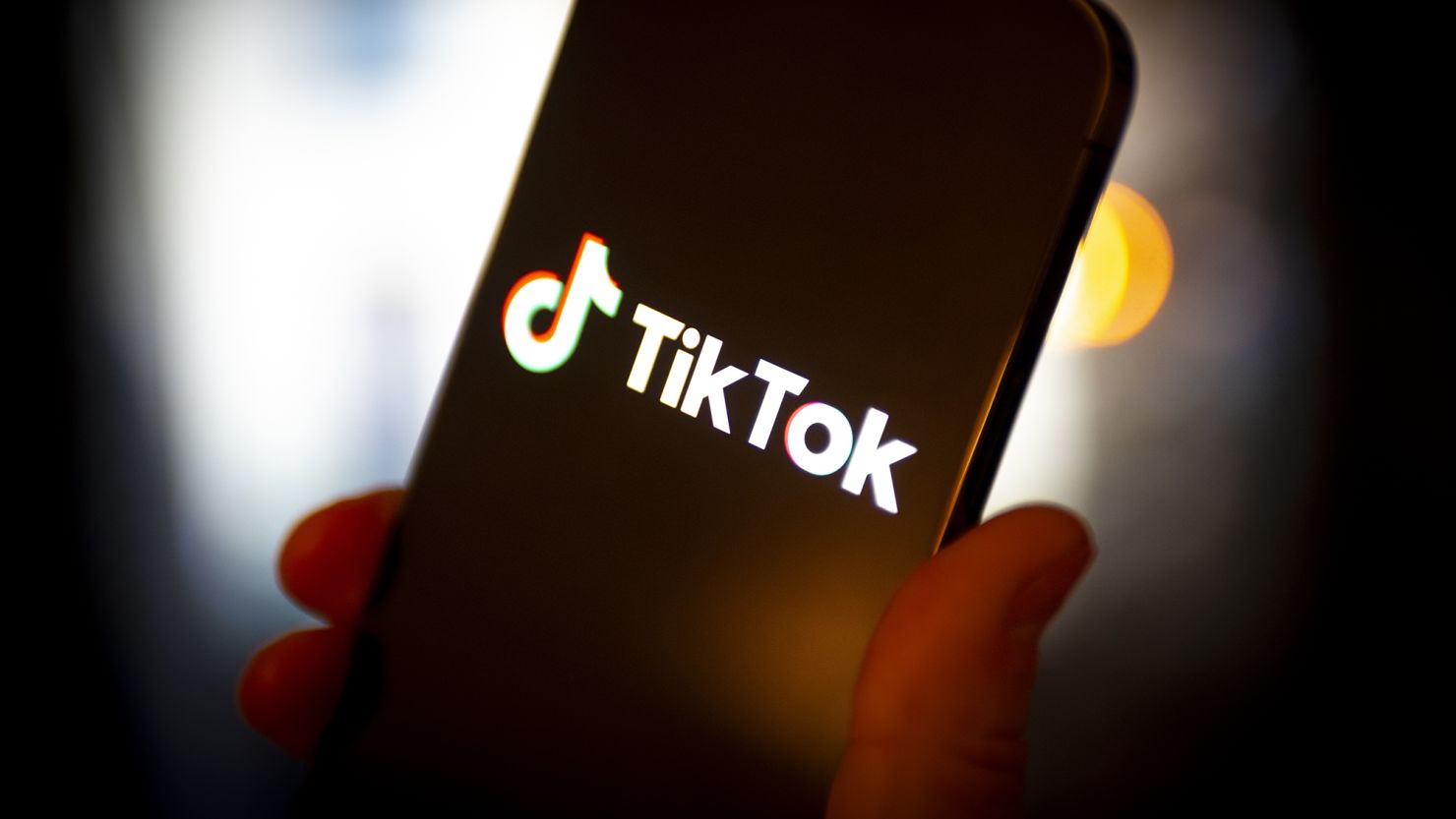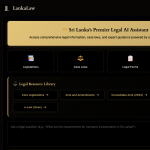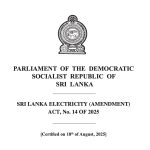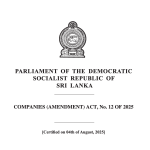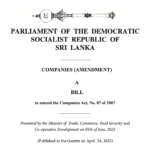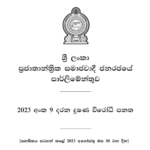The Supreme Court of the United States ruling in TikTok Inc., et al. v. Merrick B. Garland, Attorney General (Nos. 24–656 and 24–657) represents a landmark decision addressing the intersection of national security and First Amendment rights. This case examined the constitutionality of the “Protecting Americans from Foreign Adversary Controlled Applications Act” (the Act) as it applied to TikTok and its U.S. users. Below is a detailed analysis of the Court’s reasoning, implications, and key takeaways.
Case Background
TikTok, a popular social media platform, allows users to create, share, and view short videos. It is operated in the U.S. by TikTok Inc., a subsidiary of ByteDance Ltd., a Chinese company subject to Chinese laws that potentially require cooperation with intelligence efforts. U.S. officials expressed concerns that ByteDance’s control over TikTok posed significant national security risks, including the potential for data collection and covert content manipulation by the Chinese government.
In response, Congress enacted the Act, which prohibits the operation of applications controlled by foreign adversaries unless a “qualified divestiture” severs such control. Petitioners, including TikTok Inc., ByteDance Ltd., and a group of U.S. TikTok users, argued that the Act’s provisions violated their First Amendment rights by effectively banning TikTok in the U.S. unless divestiture occurred.
Legal Questions
- Does the Act’s effective prohibition of TikTok violate the First Amendment rights of its users and the platform itself?
- Is the Act narrowly tailored to address the government’s legitimate national security concerns?
Court’s Analysis
1. Applicability of the First Amendment
- The Court assumed, without explicitly deciding, that the Act’s provisions triggered First Amendment scrutiny because of their potential impact on expressive activities such as content creation, association, and access to information.
- The Court acknowledged TikTok’s role as a medium for communication and its importance to over 170 million U.S. users.
2. Content Neutrality
- The Act was deemed content-neutral, focusing on national security risks related to data collection and foreign control rather than specific viewpoints or content expressed on TikTok.
- The Court rejected arguments that the Act’s exclusion of certain platforms (e.g., review-based apps) rendered it discriminatory.
3. Government’s Justification
- The government’s compelling interest in preventing the Chinese government from accessing sensitive data was central to the Court’s reasoning.
- Evidence showed TikTok collects extensive user data, including location, device information, and behavioral patterns, which could be exploited for espionage, blackmail, or corporate intelligence.
- The Court deferred to Congress’s predictive judgments about national security threats, emphasizing the importance of legislative foresight in addressing evolving technologies.
4. Tailoring and Alternatives
- The Court concluded that the Act was narrowly tailored to address the government’s concerns without unnecessarily burdening protected speech.
- While petitioners proposed alternatives (e.g., data-sharing restrictions or security agreements), the Court found these insufficient to mitigate the unique risks posed by TikTok’s foreign control.
- The Act’s conditional approach—banning TikTok only in the absence of a qualified divestiture—demonstrated proportionality.
Concurring Opinions
Justice Sotomayor
- Concurred in the judgment but emphasized that the Act unequivocally implicated the First Amendment due to its impact on expressive and associative activities.
- Highlighted the burden imposed by the Act on content creators’ ability to associate with their preferred platform.
Justice Gorsuch
- Raised concerns about the use of classified evidence and cautioned against eroding First Amendment protections in the digital age.
- Emphasized the importance of addressing the risks of foreign adversary control without undermining fundamental freedoms.
Judgment
The Supreme Court affirmed the lower court’s decision, holding that the Act does not violate the First Amendment as applied to TikTok and its users. The Court upheld the government’s authority to address national security risks posed by foreign-controlled digital platforms.
Implications of the Decision
1. National Security and Digital Platforms
This case sets a significant precedent for regulating foreign-controlled technology platforms. It underscores the government’s authority to intervene when national security concerns outweigh the potential burdens on free expression.
2. Data Sovereignty and Privacy
The ruling highlights the importance of protecting user data from foreign adversaries. It may lead to increased scrutiny of data practices by companies with ties to foreign governments.
3. Balancing Security and Constitutional Rights
The Court’s careful consideration of First Amendment implications reflects the ongoing challenge of balancing security interests with constitutional freedoms in a digital, interconnected world.
4. Precedent for Future Regulation
This decision may pave the way for additional legislation targeting foreign-controlled applications or other digital platforms deemed threats to U.S. interests. It also emphasizes the need for companies to ensure compliance with U.S. laws and security standards.
Conclusion
The Supreme Court’s decision in TikTok Inc., et al. v. Merrick B. Garland, Attorney General is a pivotal moment in the regulation of digital platforms and the protection of national security. By affirming the constitutionality of the Act, the Court underscored the government’s ability to address emerging threats while maintaining respect for constitutional principles. This case serves as a critical reference point for navigating the complex relationship between technology, security, and freedom in the 21st century.
Read Full Judgement
